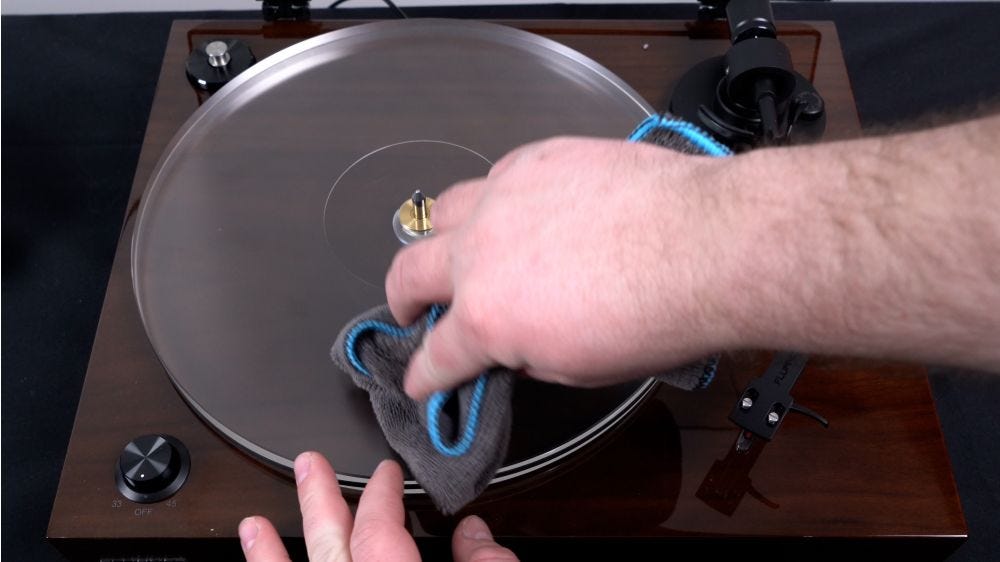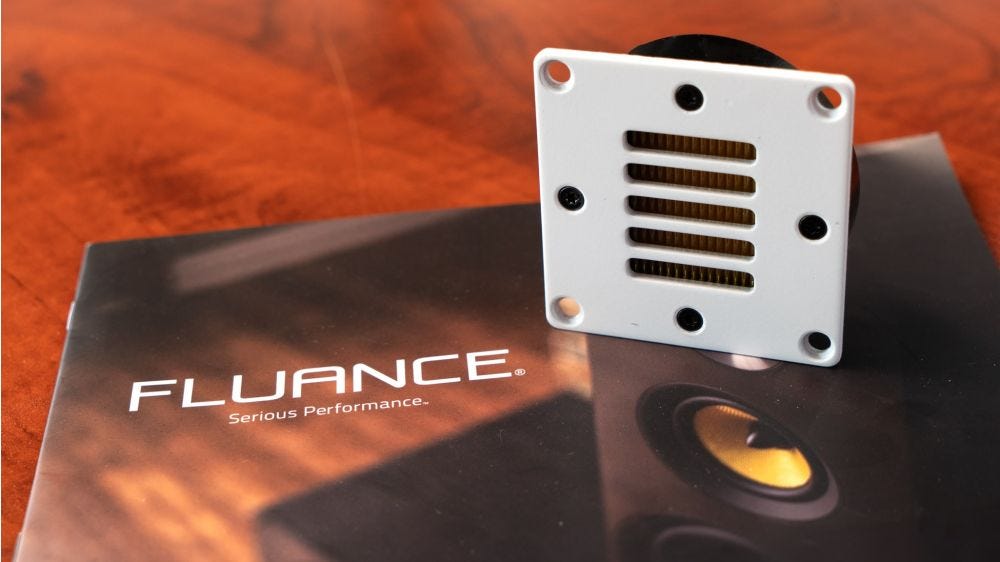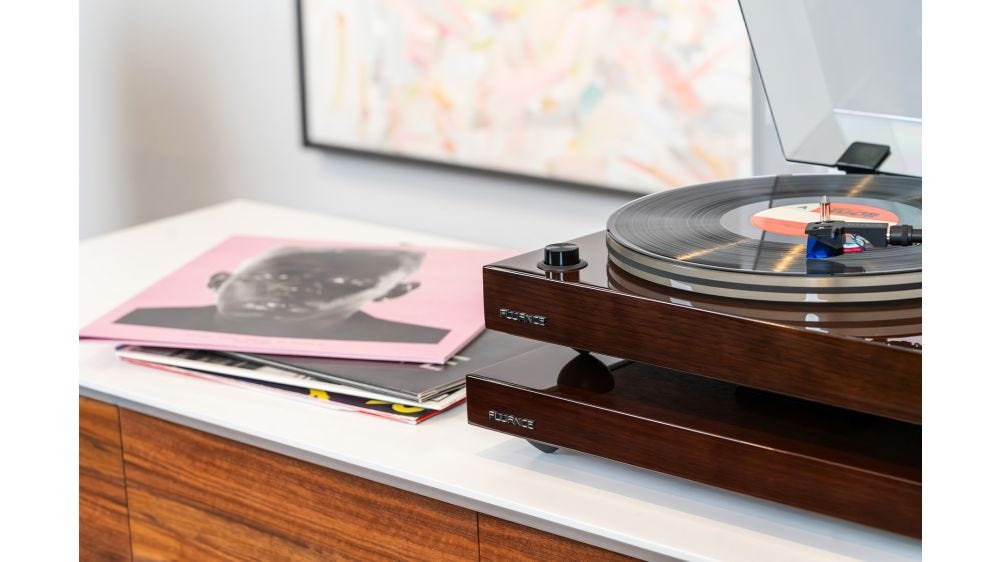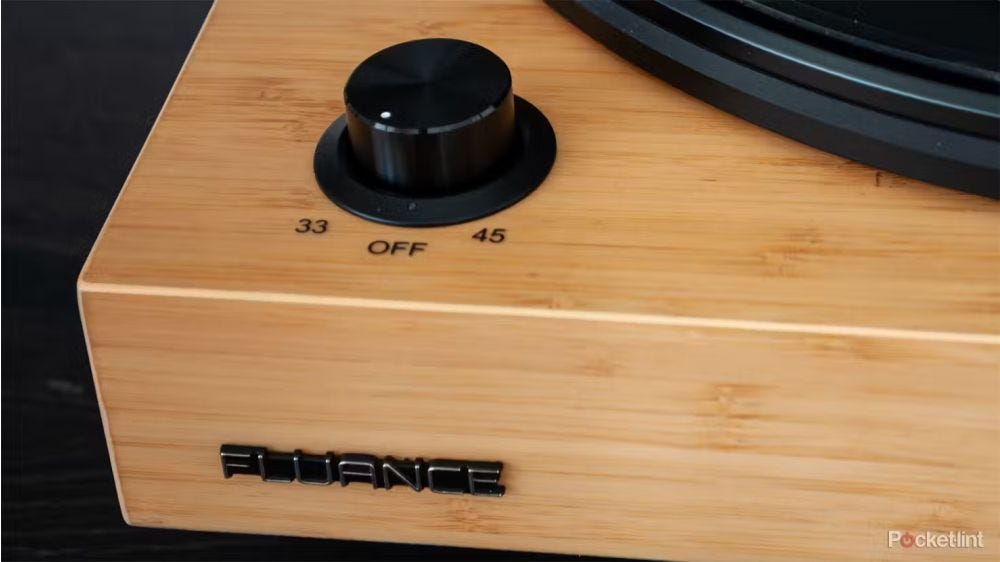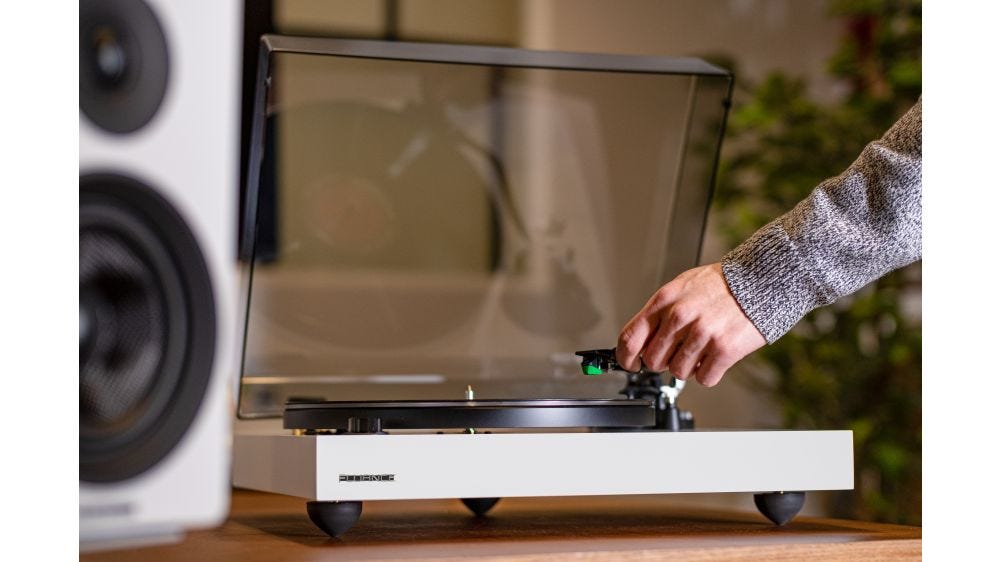There are numerous materials used by turntable manufacturers for the construction of the turntable platter - the platter being the spinning surface your record sits on. The choice of material for the platter has numerous performance and playback ramifications. Popular materials you will see include: plastic, steel, aluminum, glass, MDF, acrylic and others. In this article we will review the benefits of an acrylic platter for your turntable.
Not only are there various materials for the actual platter, but the platter mat may also be made of various materials each with their own benefits and drawbacks. You can read more about platter mats here. If you did not want to upgrade your entire platter, you could consider upgrading your platter mat for a step towards better performance.
One upgrade for the Fluance Reference series line of turntables is an acrylic platter. The acrylic platter comes standard on the RT85 Turntable however you can upgrade any Reference Turntable with an acrylic platter at any time.
Not only does an acrylic platter provide a stylistic upgrade that many users like the look of, more importantly, it provides an improvement in sound performance.
How does an acrylic platter improve sound performance?
Improved Speed Consistency – Due to the density and greater mass of the platter, the increased inertia allows the platter to spin at a more consistent speed. This results in a better wow and flutter measurement as there is less delineation from the required speed of 33 1/3 or 45 RPM.
Vibration Damping – The high-density material also aids in damping unwanted microvibrations, moreso than traditional platter materials. The acrylic material is able to trap and dissipate the energy that is transferred to the platter.
Improved Soundstage and Clarity – Because acrylic has an analogous resonant frequency to the PVC material in vinyl records, it aids in the cancellation of reverberations resulting in a more 3-dimensional soundstage with improved bass definition, a richer mid range and greater overall signal clarity.
No Mat Required – Another benefit to acrylic platters is that they do not require a platter mat. Metal platters utilize platter mats to provide some of that vibration damping. Some platter mat materials are more susceptible to static electricity resulting in dust in the air being attracted to the electrically charged surface. The records on your mat become literal dust magnets adding those unwanted clicks and pops to the playback.
Adding A Record Weight
To double down on many of the performance improvements of an acrylic platter you can also add a record weight to your playback routine. A record weight has many of the same performance enhancements such as improving speed consistency as well as assisting with vibration damping.
One thing you may notice with acrylic platters, particularly on slightly warped records is there may be some slippage. This is most noticeable when you are cleaning your record with an anti-static brush. The record weight helps to couple your record to the acrylic surface so you get the desired tight contact.
Is upgrading to an acrylic platter mat worth it?
In most scenarios it is worth it to upgrade your platter to acrylic to improve the sound performance of your turntable. It is a very easy upgrade that yields an instant improvement in sound quality. If your specific model of turntable does not allow for a platter upgrade you can always consider adding an acrylic turntable platter mat. It still offers some of the benefits of a full-on acrylic platter while still being compatible with most turntables. You can also look at platter mat materials such as a cork mat.

